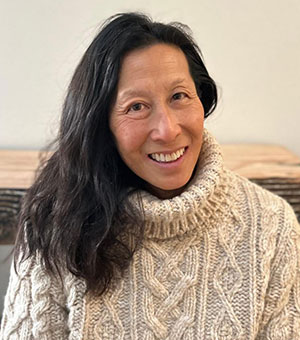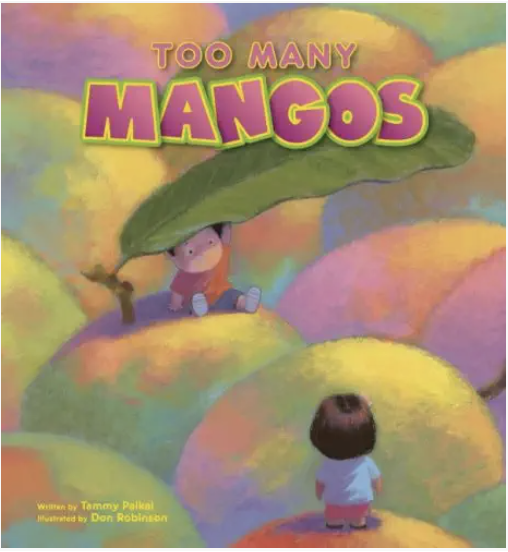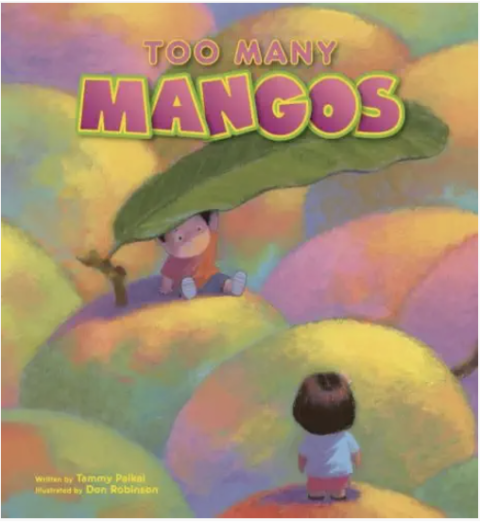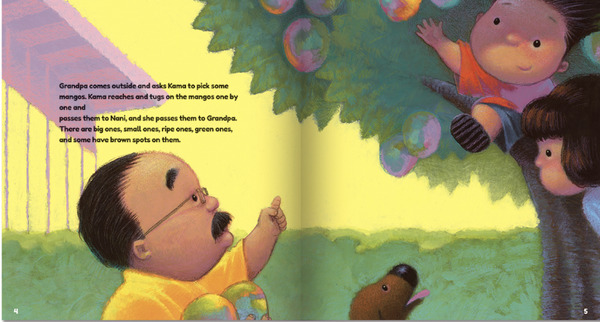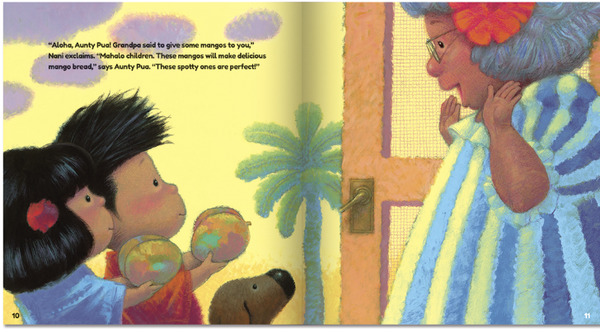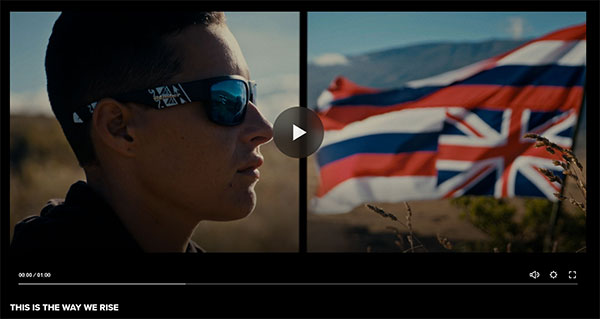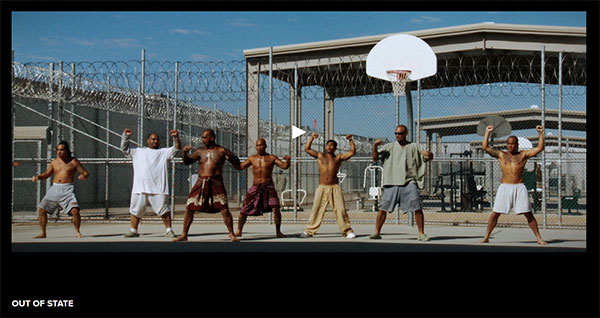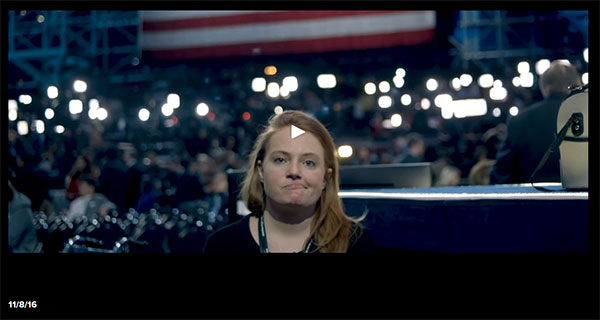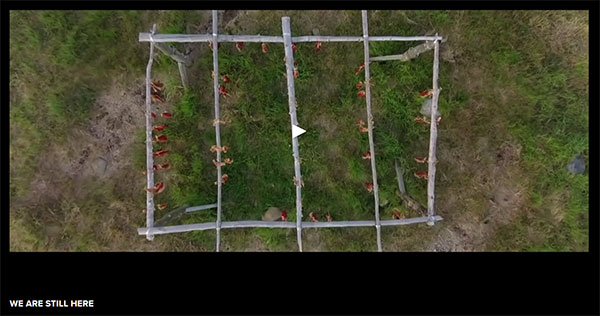Talented picture book illustrator Jing Jing Tsong is a master at her craft. Influenced by the principles of monoprint and traditional stone lithography, Jing Jing layers colors and textures to create images that are engaging and compelling. Their visual and emotional appeal communicate a visual experience for young readers and their grown-ups. “In everything I practice,” she says, “I explore the interconnectedness of being.”
We are very pleased to talk story with illustrator Jing Jing Tsong.
Welcome, Jing Jing! For those who haven’t met you, could you please tell us a little about yourself?
I am an amateur musician (cello and stand-up bass), a permanent grom (beginner surfer), and a writer and illustrator. To me, these interests are inextricable—they influence how I approach my life—finding flow, connection and being ready to improvise.
Where did you grow up? Who do you consider to be your biggest supporter?
I grew up in a small college town in central Pennsylvania. Because of my dad’s work (physics researcher) our family had the opportunity to live in West Berlin for a year and then Albuquerque, NM, for a summer.
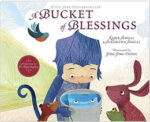 There have been many “biggest” supporters in different phases of my life. But overall, it is definitely my husband, Michael Austin (who is also a writer/illustrator). We met each other in the Graphic Design program at Penn State. For many years we were rock climbing partners—we had to trust each other in belaying and being ready to take up the slack in the rope if one of us fell. Creatively, when I feel I am falling or feel that I am failing, I trust Mike to catch me or pick me up and encourage me.
There have been many “biggest” supporters in different phases of my life. But overall, it is definitely my husband, Michael Austin (who is also a writer/illustrator). We met each other in the Graphic Design program at Penn State. For many years we were rock climbing partners—we had to trust each other in belaying and being ready to take up the slack in the rope if one of us fell. Creatively, when I feel I am falling or feel that I am failing, I trust Mike to catch me or pick me up and encourage me.
Your relationship sounds amazing. Why did you become an illustrator? Did you always knew you could create art?
Honestly, one of the reasons I started to focus on illustration was because I was burned out on being the Art Director of the design studio that Michael and I were partners in. Michael left the business first and committed to illustration full-time. Eventually, when we sold our business, we took a year long sabbatical where I reconnected with family and my creative self. I worked on developing an illustration portfolio and at the end of the year, declared myself an Illustrator. Looking back, it seems rather audacious to make such a life pivot. Luckily, there was no one to tell us we couldn’t, so it worked out well. But full disclosure—I did juggle freelance design work, teaching and playing my cello at dozens of weddings, before I actually practiced illustration full-time.
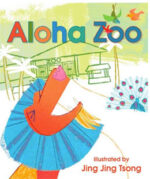 I never thought I COULDN’T be an artist. My mom used to bring us to the library every weekend for story time and then to replenish our stack of books for the week. I loved picture books and read them well past the time I was an “advanced” reader. After dinner, we often sat around the table as a family and drew and copied things from books. Because my parents loved ballet, I drew a lot of dancers! My dad had an easel set up in the tiny space by the washer and dryer. He experimented with abstract painting. My childhood seems to be a collage of visual experiences and creating art seemed as natural as eating or breathing.
I never thought I COULDN’T be an artist. My mom used to bring us to the library every weekend for story time and then to replenish our stack of books for the week. I loved picture books and read them well past the time I was an “advanced” reader. After dinner, we often sat around the table as a family and drew and copied things from books. Because my parents loved ballet, I drew a lot of dancers! My dad had an easel set up in the tiny space by the washer and dryer. He experimented with abstract painting. My childhood seems to be a collage of visual experiences and creating art seemed as natural as eating or breathing.
What do you enjoy most about creating art? What are some of your greatest challenges?
The thing I love most is that anything is possible—I am the only to tell myself I can’t.
The greatest challenge is not letting all the amazing work I see on social media distract me from my own journey.
Your art is so expressive and colorful. If you had to choose a favorite project, which would it be and why?
My favorite project is usually the most current one.
 The one on my drawing table now, is a middle-grade graphic novel I’ve been working on for the past 7 years. I actually have sketches for initial explorations that date back 12 years! It started out as a picture-book, but my editor suggested it would be stronger as a graphic novel. She and my agent took great care in guiding me through this challenging and, at times, intimidating path. The story went from 32 to 90 to almost 200 pages.
The one on my drawing table now, is a middle-grade graphic novel I’ve been working on for the past 7 years. I actually have sketches for initial explorations that date back 12 years! It started out as a picture-book, but my editor suggested it would be stronger as a graphic novel. She and my agent took great care in guiding me through this challenging and, at times, intimidating path. The story went from 32 to 90 to almost 200 pages.
When it comes out (hopefully Spring 2024), it will be my debut as a writer. Ironically, even though I am known for my colorful work, my true love is black and white work. I had a chance to indulge myself in black and white drawings which reflect an important concept in the story. I use color sparingly. What started out as a story on an experience of being bullied, evolved into a loving exploration of a young girl finding her place in her family and how that allows her embrace her different identities into a true expression of self.
We’re looking forward to your graphic novel! What are your hopes and dreams for the year and beyond in terms of your artistic career and what you would like to see published in the future?
I see illustration and writing as a life practice. I hope I continue to learn and create stronger work. I’ve illustrated over 20 picture books. In the future, I’d like to illustrate more of my own manuscripts. I hope that whatever I put out in the world will help someone understand their connection to their world in a joyful way.
Do you have any experiences as a woman of color illustrator that you might share with our readers? What would you like to see change in the industry regarding the acceptance of BIPOC illustrators and writers?
 Once I received a manuscript where a description in the vein of “Oriental grace” was used to describe something. It definitely raised my hackles, and I reviewed it with my sisters to see if they felt the same. They reinforced my feelings, and I was able to address it with the editor who then addressed it with the writer.
Once I received a manuscript where a description in the vein of “Oriental grace” was used to describe something. It definitely raised my hackles, and I reviewed it with my sisters to see if they felt the same. They reinforced my feelings, and I was able to address it with the editor who then addressed it with the writer.
Overall, I’m excited to be in publishing during a time of positive change. There is still a lot of work to do, but I feel there are many people in the picture-book community actively seeking under-represented people to share their stories.
Because my parents grew up in a time where their mother tongue, Taiwanese, was banned by 2 different occupations, I am always thrilled to see work that supports and celebrates indigenous languages. Without these languages, we’re in danger of losing stories that are essential to our understanding of traditions and histories. I’m honored to be part of one such project, the Hawaiian Legends for Little Ones by Gabrielle Ahuli’i, published by Beachhouse Publishing, comes out in an ‘Ōlelo Hawai’i edition this spring.
What beliefs is your work challenging?
Instead of “challenging” I think of my work as “encouraging.” I hope my work encourages people to think of themselves as parts of communities that extend beyond geographic and political borders. I hope that what I put into the world encourages people to take the time to listen and watch and seek experiences that broaden perspectives.
Where do you get your inspirations?
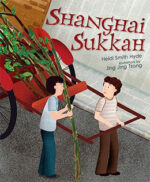 My local library is one of my favorite places to procrastinate. I love the randomness of scanning shelves and finding unexpected treasures. I also like listening to different kinds of music and have my sisters and son and daughter for introducing me to aural treats I may not have found on my own.
My local library is one of my favorite places to procrastinate. I love the randomness of scanning shelves and finding unexpected treasures. I also like listening to different kinds of music and have my sisters and son and daughter for introducing me to aural treats I may not have found on my own.
In addition to books, what other kinds of art do you do?
I like to experiment with different materials. Last year, I carved my own pens out of bamboo and created ink from blackberries. This year, I’ve been experimenting with intaglio printing using lids from plastic containers and scratching images with a sewing needle. I really want to get into pottery!
Can you share a bit about what you’re working on next?
I’m working on illustrations for a counting book about delicious things. All I can say is that every time I start sketching, I get hungry!
What advice would you give an aspiring illustrator?
Join your local chapter of Society of Children’s Book Writers and Illustrators, join a critique group. The chapter I belong to (Western Washington) is so supportive, and I am constantly inspired by the generosity and phenomenal support of this community.
What’s your online presence? What do your followers say?
You can find my illustration here: www.jingjingtsong.com . I’m inconsistent on IG (occasionally sharing my creative process, or a good wave): @jingjingtsong. Working from a home studio can feel incredibly isolating, so I’m on Twitter every now and then, joining in on the weekly conversations in different picture book groups.
The books that have elicited the most response are the Hawaiian Legends for Little Ones series. People are grateful to have these authentic stories about Hawaii.
Mahalo, Jing Jing, for talking story with us! We loved learning about you and your creative process. Best wishes always!
To learn more about Jing Jing, including her gorgeous print gallery, visit her website, JingJingTsong.com. While you’re there, visit her online bookstore, Jing and Mike Co. Photo courtesy of author.



